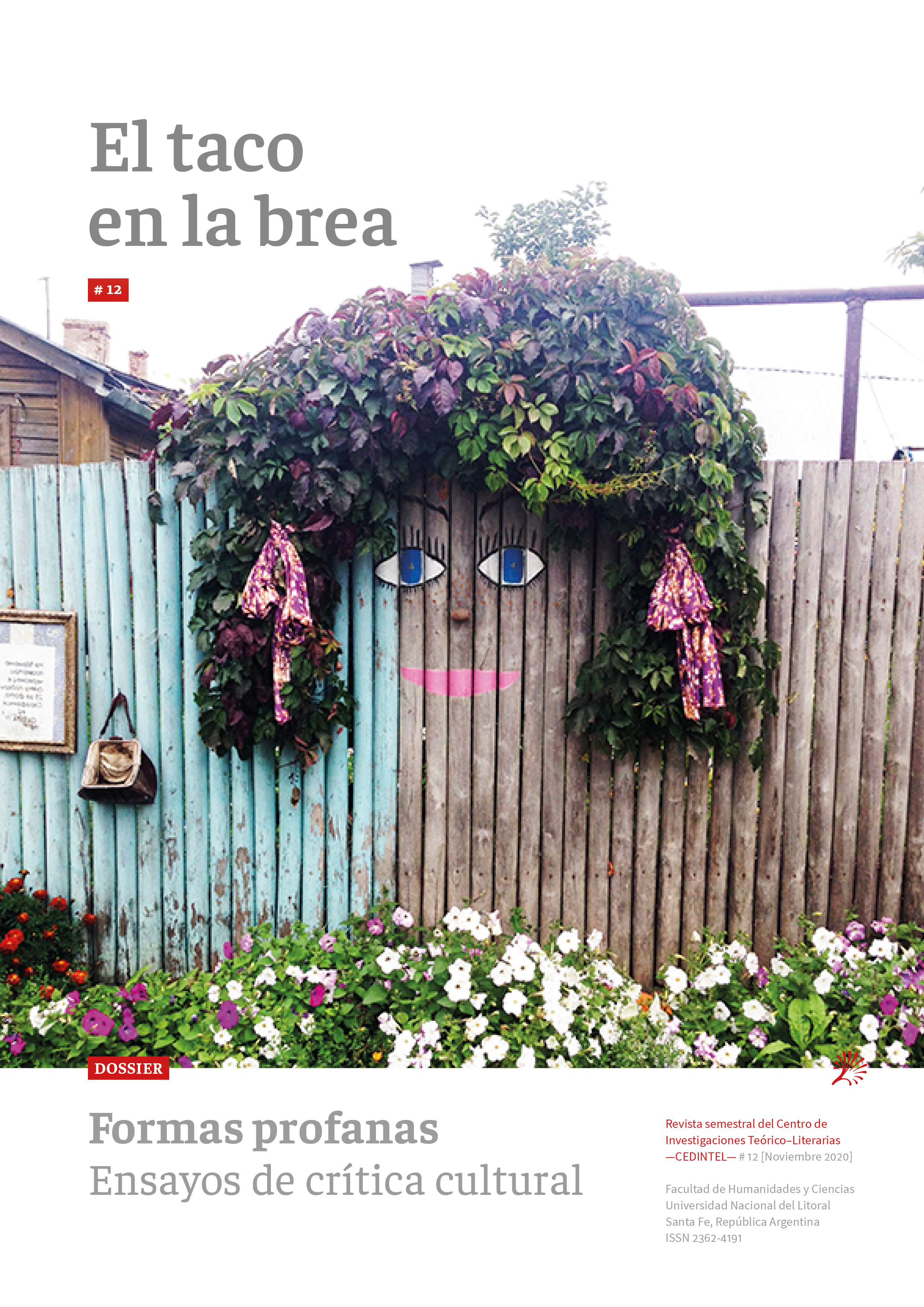«The sinkhole and the empty wall».
Aurificios by Alan Castro Riveros
DOI:
https://doi.org/10.14409/tb.v1i12.9680Keywords:
community, space, city, Bolivia, novelAbstract
Along these pages I address Aurificios by Alan Castro Riveros (2010). As hypothesis, I consider that the Bolivian novel of the 21st century exposes the existing tensions between the different cultures coexisting and overlapping in La Paz. This text proposes a spatial reading in countercurrent to the logic of the State. Language appears as the possibility of naming the experience and life stories of subjects who were left out of power structures. The work has the weft of a piece of fabric: in each line and in each knot, the intertwining glances that build the universe of the novel give new meanings to the city. This fabric is projected as an opportunity of a meeting of voices that allude to the concept of community so as to unearth hidden realities and thus be able to fill the empty and looted pits of the past. Looking, walking and communicating are the axes on which the community space creation is sustained.





















